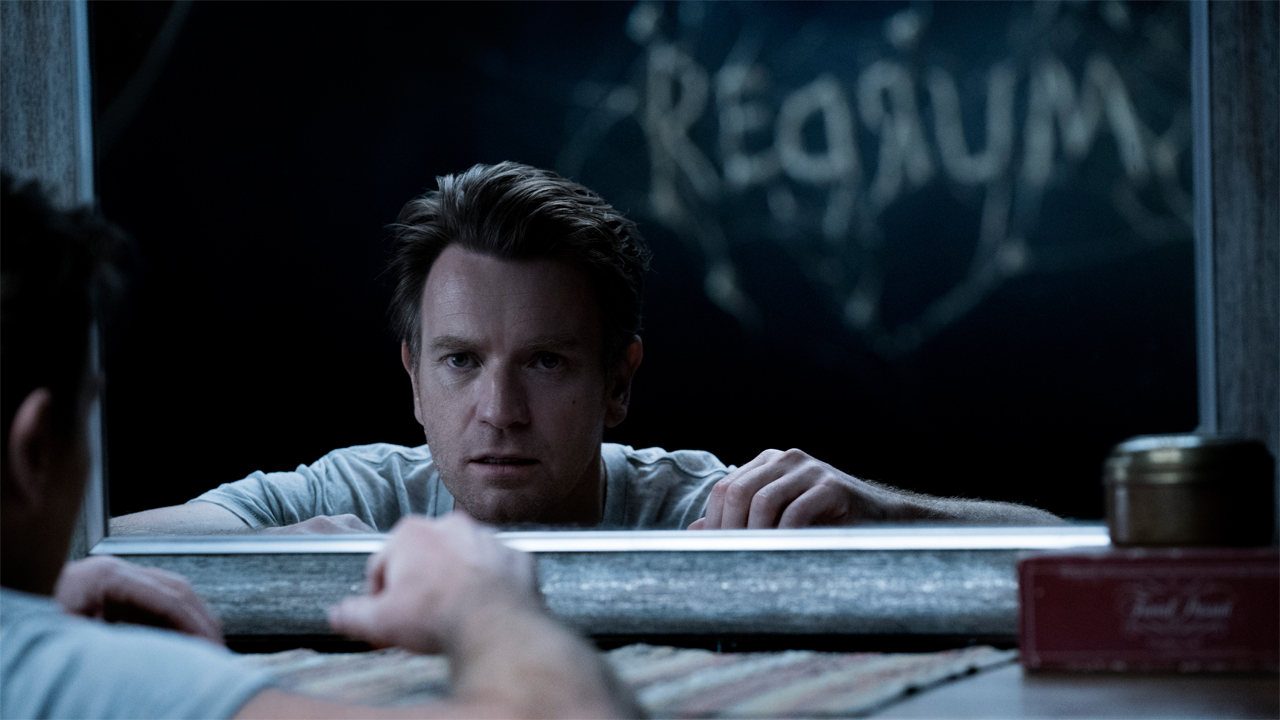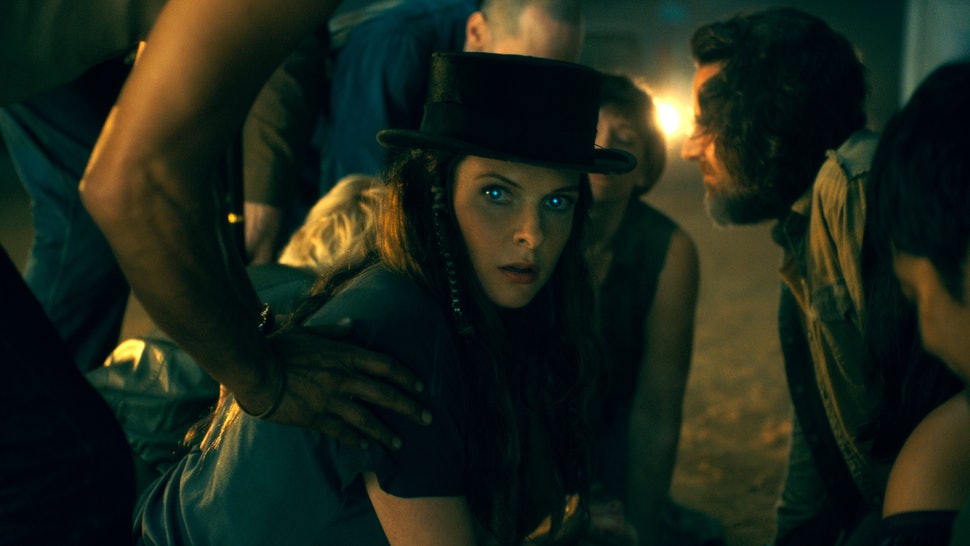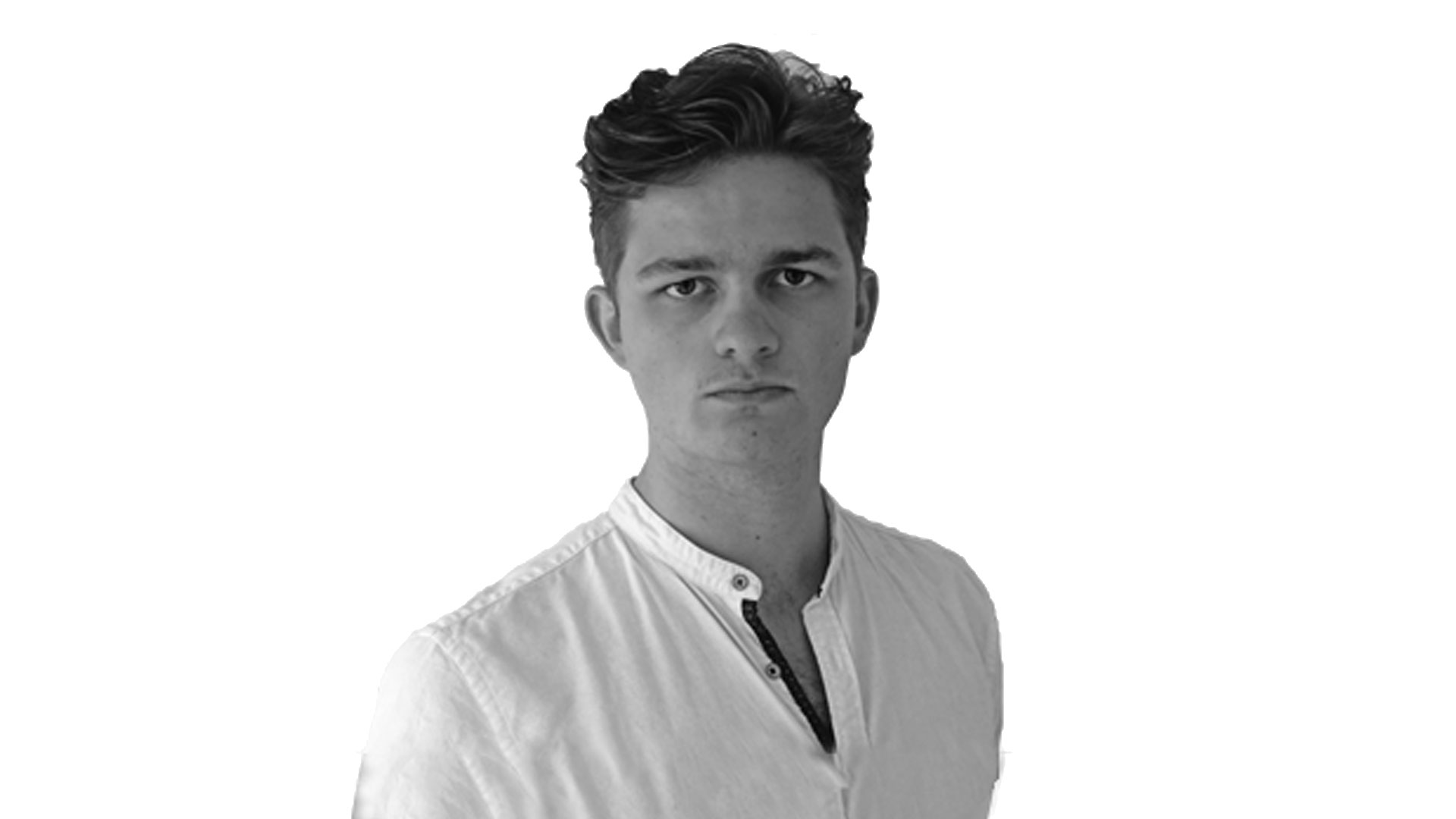Doctor Sleep director Mike Flanagan discusses ending, cameo, and how one scene almost went too far
****Major spoilers for Doctor Sleep ahead

Mike Flanagan has quickly become Hollywood's king of horror. The creator of The Haunting of Hill House most recently took on the tremendously difficult task of directing a sequel to one of the most beloved movies of all time, The Shining. Titled Doctor Sleep, the movie's primarily based on Stephen King's book of the same name.
The problem with the adaptation was that King famously hated Stanley Kubrick's The Shining. And yet, the movie's imagery has become ingrained in the language of cinema. How did Flanagan balance both creating a sequel to The Shining and also adapting King's book? GamesRadar+ and Total Film sat down with the filmmaker to find out.
****Warning: major spoilers for Doctor Sleep ahead.

GR: One of the most striking things about Doctor Sleep is that you've got Jack Nicholson's character Jack Torrance back, but not with Jack Nicholson playing him. Instead it's someone made to look like him.Did you ever approach Nicholson to play the character de-aged? Or was it always intention to recast?
We talked early on about whether or not that was an avenue we wanted to explore and I didn't. The big reason being that de-aged digital technology takes me out of movies. I spend my time analysing the technology and it takes me out of the scene. And if we did it for Jack, we would have also had to do it for Scatman Crothers and Shelley Duvall and for little Danny. That seemed like a bridge too far. And then it felt like we were making a video game movie and we'd be populating the movie with these digital avatars, and that just felt wrong. I felt it would be better to find actors who reminded me of the original performers, but would still do their own thing, who would take the character in their own direction.
We had a good template for how to handle that. Based on Carl Lumbly as Dick Hallorann, and Alex Essoe as Wendy Torrance, they reminded me of Shelley Duvall and Scatman Crothers, but it wasn't them. And so, with Jack, it was like, “Okay, we're going to do the same thing.” And how to handle the character actually came from Kubrick and the way he handled Delbert Grady. Because the thing that I didn't ever wanted to do was have somebody come in and do a Jack Nicholson impression, doing a full blown, “Here's Johnny”. No one could do that, and it would feel like a parody.
In The Shining, the caretaker, Delbert Grady, denies who he is, saying, “No, I'm just a waiter.” That was my big “Aha” moment. What if it's not Jack? What if Jack says, “I'm not Jack, I'm just the bartender.” Then it was like, okay, if we're not trying to get someone to channel Jack Nicholson, but someone’s trying to play Lloyd, the bartender, and we know that this is the kind of thing that happens to these ghosts, that they just become part of the staff. If that's Jack Torrance’s ultimate fate that, that he works for the hotel, which is implied so beautifully in that that last image in the photograph, that he's been digested by this hotel, that that was interesting. And that felt like the most respectful way we could have approached it.
Bringing all the latest movie news, features, and reviews to your inbox
You also have that profile shot that leaves you questioning whether that’s Jack Nicholson or not.
Did you recognise who it actually is?
No.
That’s [Haunting of Hill House and E.T. actor] Henry Thomas!
That’s very, very cool.
And for Henry, who I had worked with a bunch, he was appropriately terrified of playing the part. But that's what was so exciting. We were like, “Let's really dive into this together, we will sink or swim together.” Keeping the camera at a profile, except for that one shot that's in his eye line at the end, that's how I wanted it to feel. Let’s look at this face, and then let's focus on Dan. The scene’s about Dan. When it comes to Jack, we'll see him from a perspective that keeps us out of his eyeline.

In the book, the villainous group led by Rebecca Ferguson, the True Knot, stay at the remains of the Overlook Hotel, because in Stephen King’s source material the hotel burnt down. With that in mind, what was the biggest challenge in adapting the book yet also keeping it as a sequel to Kubrick's Shining?
That was really the biggest change. The book is clear from the beginning that the hotel burned down. The experience I had reading it was so strange, because The Shining is one of the first horror films I ever saw as a kid and one of the most influential of all time. I think it changed horror cinema forever. The visual language that Kubrick created for that film has become so ubiquitous and influential and part of our collective consciousness that, when I read Doctor Sleep, which is a book defiantly and explicitly saying, “The Kubrick movie never happened.”
When I read the book, all of the images in my head were in that Kubrick language. They were all his images. And that contradiction was so weird. It was such a strange tug of war for me as a fan. I felt like it was very possible to make a very faithful adaptation of Doctor Sleep, but to use that same visual language that I was seeing. I felt like you could never erase that language, you could pretend it didn't exist. That forced us to change the ending of Doctor Sleep by staging it at the hotel. Mentally we're going to have a new ending. The thing that made me feel like that would be okay was Stephen King, who I knew was going to have very strong feelings about this.
What if I can say to him, “Yes, I think you have to use the iconography of Kubrick. There's no way out of it. But, what if, within that iconography, I could go back to the original ending of The Shining that you never got, that Kubrick never gave you. What if I could take some of that and pull it up to Dan. I’ll gives you that as part of the trade off?” That felt like the right balance and he eventually signed off on that. And if he hadn't, I wouldn't have made the film.
King has spoken about not liking Kubrick’s The Shining, so that must have been quite an interesting tug-of-war to have.
It was a really tough tightrope to walk. It was tough because I idolised Stephen King and idolised Stanley Kubrick. It was really difficult to say to him, “I understand why you don't like The Shining. I understand it. As a fan of the novel, I see how it is not a great adaptation, but it is a masterpiece of cinema. So how can we celebrate both of those things? There has to be a way.”

There’s one scene in Doctor Sleep, with Jacob Tremblay’s character being tortured, that’s very difficult to watch. At any stage, did you go, “Maybe we’ve gone a little too far?” I understand the scene’s point is to make us terrified of Rebecca Fergusson’s villain. But was there a point where you were like, “Maybe that's a lot?”
We shot a lot more than you see in the finished film. The sequence in the book is really horrifying as well. But you need it because you need to understand, not only the threat that that the True Knot pose, but you need that engine to motivate Abra and Dan to risk what they risk. The theme of child abuse and of the destruction of innocence, which runs not only so much through Doctor Sleep, but through The Shining as well, that theme you need to confront head on. And it's never more visceral and in your face than with the death of Bradley Trevor.
We also had the either good or bad fortune, depending on how you look at it, of having who I think is maybe the most talented young actor in the business playing the part. He was able to sell you the pain of it in a way that was so profoundly realistic that it disturbed the hell out of us on set. Jacob was fine. He hopped up afterward, high fived his dad and went and got a snack while the rest of us were standing there near tears. He just thought it was fun. But I think it's one of the hardest scenes to watch in any of the King movies I've ever seen. And, as a parent, it was one of the hardest scenes I've ever had to direct. But I felt, and I still feel that it's completely necessary, for the story. But man, the version that you see is maybe a tenth of what we did.
I’m glad to hear Jacob had a good time on set.
He had a blast. It was draining for us. He did two takes. And he had practised for a month with his father. They were the only two people on set who were smiling the whole time. And it disturbed Rebecca so much. She showed up in all full of her swagger, in her Rose the Hat villainy, and she didn't even make it through the take. She couldn't say her lines looking at what he was doing. So we shot him first. He did his two takes, whistled his way to work at the end of it. We were all a mess, but then we just turned around and got on with it.
Doctor Strange is in cinemas now. Need more frights in your life? Then check out our list of the best horror movies of all time.

Jack Shepherd is the former Senior Entertainment Editor of GamesRadar. Jack used to work at The Independent as a general culture writer before specializing in TV and film for the likes of GR+, Total Film, SFX, and others. You can now find Jack working as a freelance journalist and editor.


